Technology and Art
The increase of technology has slowly transformed certain parts of our lives, including the art world. The use of technology in art has caused both debate and innovation. Below, here are some of the pros and cons of technology in the art world:
Pros of Technology in Art
New Creative Possibilities
The use of technology in art has broken the boundaries of art creation. Multiple virtual reality painting programs and tools allow new experimenting with colors, dimension, and form by artists. These digital tools allow artists to explore their visions in new ways from watercolor textures to new oil painting techniques. Meanwhile, other forms of art like video art and interactive installations have introduced new genres of creation, allowing unlimited opportunities for creativity.
Helps Exposure of Art Globally
Technology also allows for artists to be able to share their work more easily and quickly. Virtual exhibitions and online museums allow people to enjoy art from anywhere, even in the comfort of their own home. Also, translation tools can help allow art to be understandable across different languages around the world. In addition, galleries and curators can discover new talent by exploring digital portfolios and online communities. In summary, technology helps more people be able to create, see, and enjoy art around the world.
Preservation and Restoration
Technology can play a very important role in preserving and restoring artistic heritage around the world. High-resolution imaging allows museums to create digital archives of art even if the original pieces deteriorate. Other restoration techniques like 3D printing can even reconstruct missing fragments to help ancient pieces still be able to maintain their integrity and vibrancy. Because of technology, scholars and students can access virtual museums and see high-quality reproductions of ancient or important pieces of the world's artistic heritage, which expands education and research opportunities.
Cons of Technology in Art
Oversaturation and Competition
The very accessibility that inspires and allows artists to share their work, can also create a flood of content online. The possibility of thousands of artworks being uploaded every minute, can make it difficult for any one artist to stand out from the crowd. Even artists that are highly talented can have a hard time building an audience and competing with the amount of art content on the internet. Because of this, artists may feel pressure to change their style of art to match the trends online, in order to gain attention. This can lead to a decrease of originality and genuine creativity.
Copyright and Theft
Although the internet provides exposure to artists, it also can expose artists to theft and misuse of their work. With the use of technology, art pieces can be easily copied, altered, and reposted with the original artist permission. It could even go as far as other individuals and companies profiting from stolen art with given recognition to the original artist. Even if an artist uses copyright claims and watermarking, protecting your art of work can still be a challenge.
Loss of Traditional Skills
The rise of digital art has sparked debate on whether or not traditional techniques like oil painting, printmaking, sculpture and life drawing will decline. Some educators think that students who only focus on digital tools may lack an understanding of color theory, anatomy, or texture. While digital art absolutely is a skill, having to work with physical materials can provide lessons that might not be able to be fully replicated digitally. A balance of education between digital and traditional methods of art is key to preserve these essential skills.
The rise of technology in the art world brings both opportunities and challenges. It allows the expansion of creative possibilities, improves global access to art, and can preserve and restore cultural heritage, but it can also raise concerns about oversaturation, intellectual property theft, and the potential decline of traditional art skills. As technology continues to evolve in our world, its role in the art world remains a subject of debate and discussion, where do you stand?
